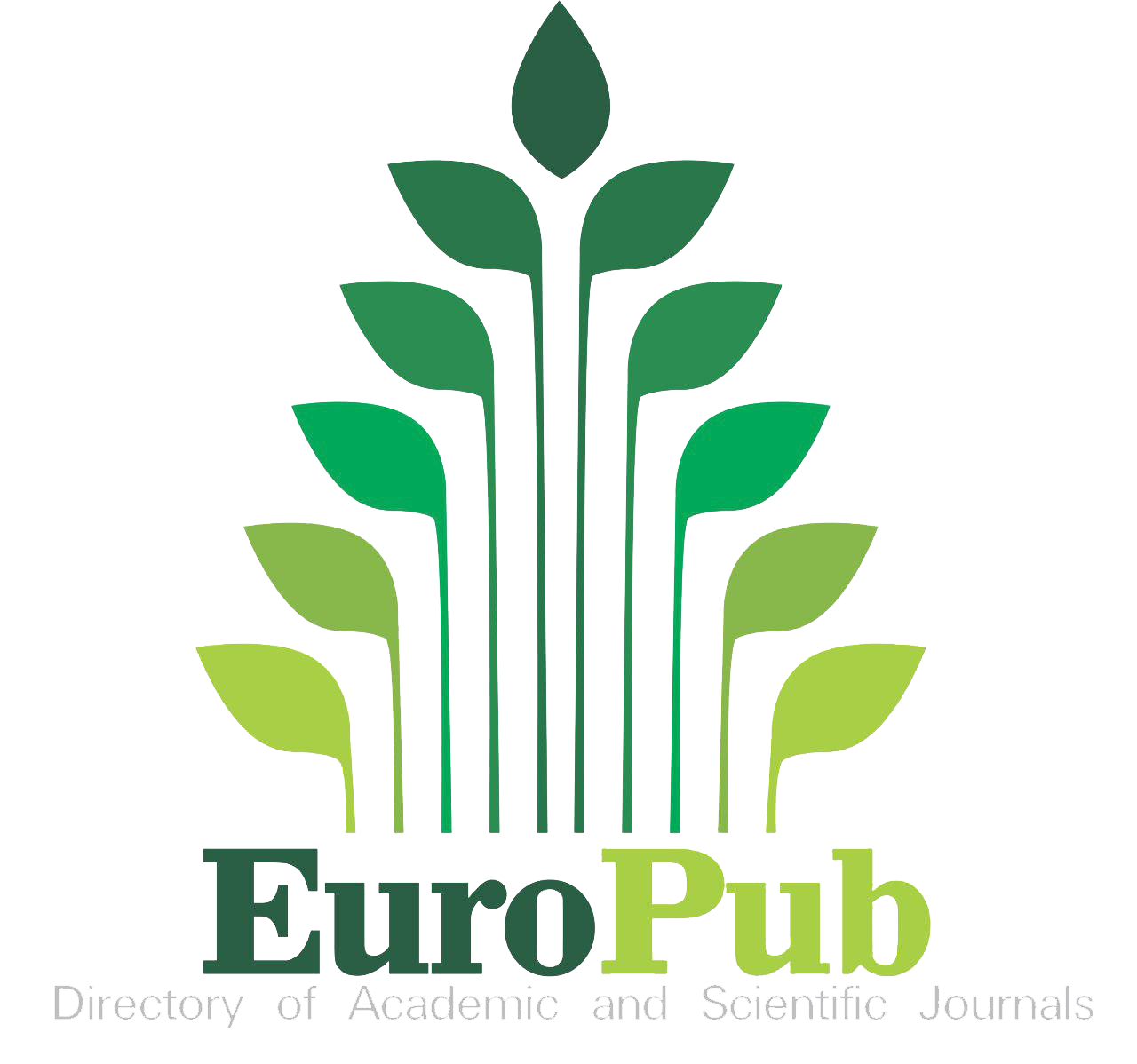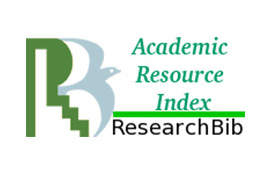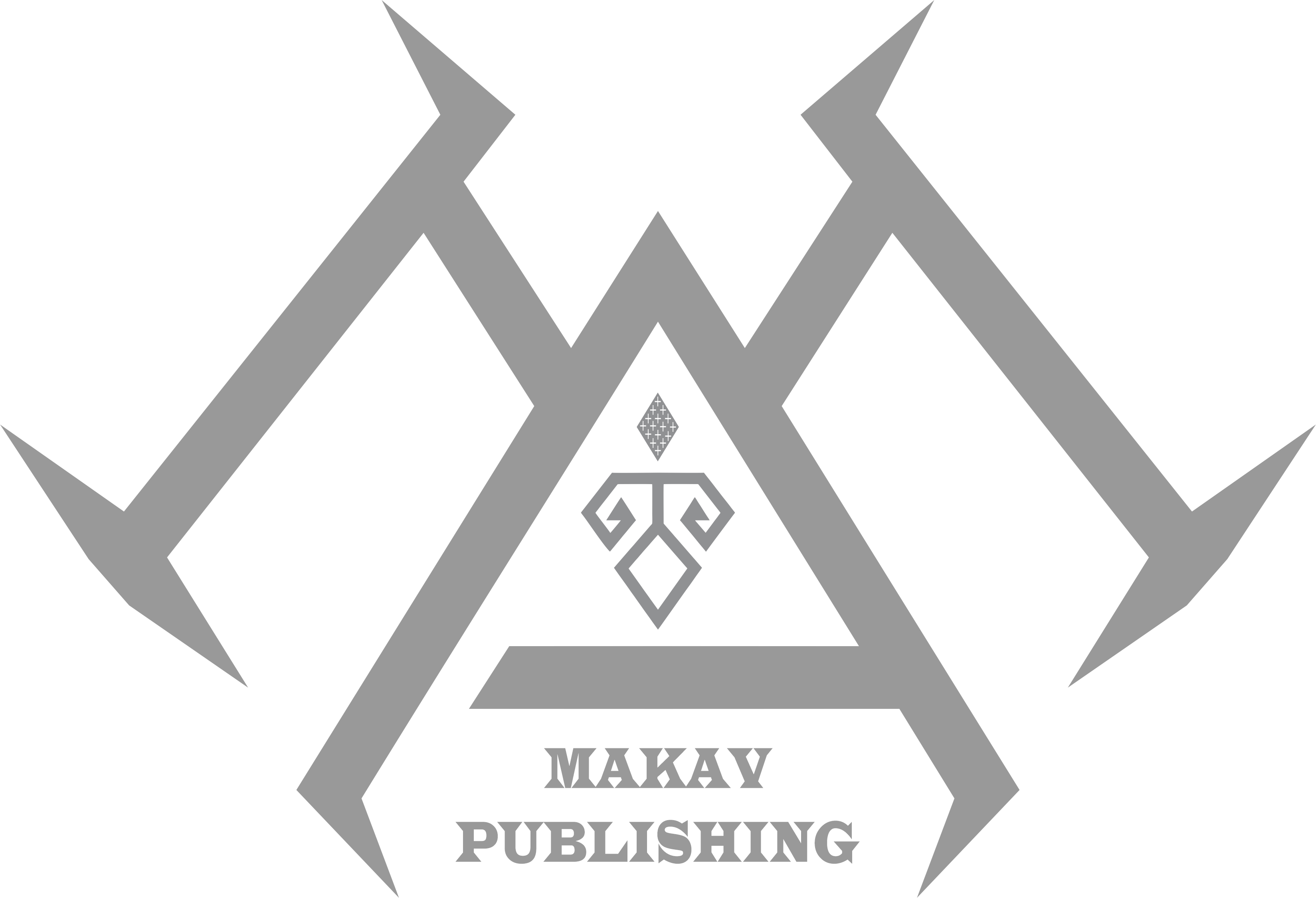Examination of postgraduate theses using experimental animals in nursing in Türkiye: Systematic review
Investigation of theses using experimental animals in nursing
DOI:
https://doi.org/10.5281/zenodo.14569146Keywords:
Experimental animals, nursing, postgraduate, thesisAbstract
The aim of this study was to examine the postgraduate theses conducted in the field of nursing in Turkey between 2013 and 2023 using experimental animals and to determine the contribution of the use of experimental animals in nursing research to nursing science. The literature review was conducted from September to October 2023 in the National Thesis Center database of the Council of Higher Education (CoHE) using the keywords “experimental animal, animal experiments, rat, mouse and nursing” in Turkish. We found 14 published postgraduate thesis studies in the field of nursing registered in the CoHE National Thesis Center. All theses that met the screening criteria were included in the study (n=14). The theses were examined in terms of year, department, sample group, method, master's and doctoral theses. The data were evaluated as percentages and numbers in the SPSS package program. It was determined that 50% of the postgraduate theses included in the study were conducted between 2013-2018 and the other half between 2019-2023, 85.72% of the theses subject to the study were doctoral dissertations, 28.57% of the studies were conducted in the department of internal medicine nursing, and rats were used as experimental animals in 78.57% of the sample group. Characteristics of the theses included in this review; hypericum perforatum-clinoptilolite-hydrocolloid dressing, olive leaf extract wound dressing, allicin application, tea tree oil, lavender oil and bay leaf essential oil in diabetic wound healing (n=6), use of transcutaneous electrical nerve stimulation in wound healing and oxidative stress in diabetic rats (n=1), application of silk protein, propolis, frankincense oil and a hemostatic product in full-thickness wound healing (n=1), topical propolis application in burn healing (n=1), oxidative damage in rats exposed to noise stress in surgical intensive care unit (n=1), application of different diet types in pressure sores (n=1), effects of diabetes on newborn in pregnant rats (n=1), cadmium application in fertility parameters (n=1), and the use of vitamin C and E combination and brown algin in the improvement of semen parameters in infertile male rats (n=1). In conclusion, it is suggested that postgraduate studies using experimental animals in the field of nursing in Türkiye are limited, more evidence-based studies that will contribute to nursing science and care in our country, as in the international arena should be conducted and researchers should be supported
References
Osier ND, Pham L, Savarese A, Sayles K, Alexander SA. Animal models in genomic research: Techniques, applications, and roles for nurses. Appl Nurs Res. 2016;32:247-256. doi:10.1016/j.apnr.2016.07.016
Ma H, Young M, Yang Y. Nursing and animal research literatures. Biomedicine and Nursing. 2015;1(2):99-103. doi:10.7537/marsbnj010215.09
Festing S, Wilkinson R. The ethics of animal research: Talking point on the use of animals in scientific research. EMBO Reports. 2007;8(6):526-530. doi:10.1038/sj.embor.7400993
Andersen ML, Winter LM. Animal models in biological and biomedical research-experimental and ethical concerns. An Acad Bras Ciênc. 2017;91:e20170238.
Holden JE. Putting the bio in biobehavioral: Animal models. West J Nurs Res. 2011;33(8):1017-1029. doi:10.1177/0193945911403776
Robinson NB, Krieger K, Khan FM, et al. The current state of animal models in research: A review. Int J Surg. 2019;72:9-13. doi:10.1016/j.ijsu.2019.10.015
Tkacs NC, Thompson HJ. From bedside to bench and back again: research issues in animal models of human disease. Biol Res Nurs. 2006;8(1):78-88. doi:10.1177/1099800406289717
Badyal DK, Desai C. Animal use in pharmacology education and research: The changing scenario. Indian J Pharmacol. 2014;46(3):257. doi:10.4103/0253-7613.132153
Garcia Sierra JF, Fernandez Martinez MN, Lopez Cadenas C, Diez Laiz R, Rodriguez Lago JM, Sahagun Prieto AM. Face-to-face and online teaching experience on experimental animals and alternative methods with nursing students: a research study. BMC Nursing. 2023;22(1):1-10. doi:10.1186/s12912-023-01172-5
Hagelin J, Carlsson HE, Hau J. The use of animals in biomedical research. Nursing Ethics. 1999;6(2):173. doi:10.1177/096973309900600211
Rowsey PJ. Using animals in nursing research: bridging gaps between bench, bedside, and practice. West J Nurs Res. 2015;37(12):1515-1516. doi:10.1177/0193945915578815
Stanley KL, Paice JA. Animal models in pain research. Semin Oncol Nurs. 1997;13(1):3-9. doi:10.1016/s0749-2081(97)80043-5
Crowley MA, Connors DD. Critique of “The use of animals in nursing research”. Adv Nurs Sci. 1985;7(4):23-32. doi:10.1097/00012272-198507000-00005
Page GG. The importance of animal research to nursing science. Nurs Outlook. 2004;52(2):102-107. doi:10.1016/j.outlook.2003.10.011
Cunningham SG, Mitchell PH. The use of animals in nursing research. Adv Nurs Sci. 1982;4(4):72-84. doi:10.1097/00012272-198207000-00008
Samancıoğlu S. Preclinical study for diabetic foot care: Comparison of classical wound dressing material and olive leaf extract in ischemic wound care in experimental diabetes model developed rats. Doctoral Thesis. Ege University Institute of Health Sciences, Ege University; 2013.
Karaöz B. The effect of cadmium application on fertility parameters in mice. Doctoral Thesis. Ege University Institute of Health Sciences, Ege University; 2014.
Canlı N. The effect of diabetes mellitus induced by different types of chemical agents on newborns in advanced pregnant rats. Master's Thesis. Istanbul Bilim University Institute of Health Sciences, Istanbul Bilim University; 2014.
Gökçe S. An Experimental study for diabetic foot: The effect of hypericum perforatum - clinoptilolite - hydrocolloid dressing on wound healing in diabetic rats. Doctoral Thesis. Ege University Institute of Health Sciences, Ege University; 2015.
Boyacıoğlu N. Investigation of the effect of noise stress in surgical intensive care unit on oxidative damage in rats. Master's Thesis. Adnan Menderes University Institute of Health Sciences, Adnan Menderes University; 2017.
Güner Ö. Investigation of the effect of vitamin C and E combination and brown algin (Halopteris Scoparia Sauvageau) on the improvement of parameters in male mice with impaired sperm parameters. Doctoral Thesis. Ege University Institute of Health Sciences, Ege University; 2017.
Toyğar İ. The effect of allicin application on wound healing in experimental diabetes model. Doctoral Thesis. Ege University Institute of Health Sciences, Ege University; 2018.
Sürme Y, Çürük GN, Lekesizcan A, Özdamar S. The effect of tea tree oil on wound healing in diabetic rats. Wound Pract Res. 2022;30(2):91-98. doi:10.33235/wpr.30.2.91-98
Gülpak M. The Effect of Lavender oil on wound healing in rats with experimental diabetes model. Doctoral Thesis. Gaziantep University Institute of Health Sciences, Gaziantep University; 2020.
Çetinkaya S. The effects of standard, ketogenic and western type diet on pressure sores in rats. Doctoral Thesis. Sakarya University Institute of Health Sciences, Sakarya University; 2020.
Ardahan Akgül E. The effect of topical propolis application on burn healing in experimental burn model. Doctoral Thesis. Ege University Institute of Health Sciences, Ege University; 2021.
Boyacıoğlu N. The effect of transcutaneous electrical nerve stimulation (TENS) on incisional wound healing and oxidative stress in rats with streptozotocin-induced diabetes. Doctoral Thesis. Adnan Menderes University Institute of Health Sciences; Adnan Menderes University; 2022.
Çelik Yılmaz A. Comparison of the effectiveness of silk protein, propolis, Sweetgum oil and hemostatic product on wound healing in full thickness wounds in mice. Doctoral Thesis. Sakarya University Institute of Health Sciences, Sakarya University; 2022.
Yoldaş G. Investigation of the effectiveness of bayberry essential oil on experimental diabetic wound healing. Doctoral Thesis. Ege University Institute of Health Sciences, Ege University; 2022.
Regulation on Graduate Education and Training. Türkiye Official Gazette (29690); 2016. https://www.mevzuat.gov.tr/mevzuat?MevzuatNo=21510&MevzuatTur=7&MevzuatTertip=5
Diabetes. https://www.who.int/health-topics/diabetes#tab=tab_1 (Accessed on November 30, 2023).
Edition S. IDF diabetes atlas. Int. Diabetes Fed;2015. https://www.diabetesatlas.org/upload/resources/previous/files/7/IDF%20Diabetes%20Atlas%207th.pdf (Accessed on November 30, 2023).
Özay Y, Ozkorkmaz EG, Kumas-Kulualp M, et al. Wound healing activity of salvia huberi ethanolic extract in streptozocin-induced diabetic rats. J Wound Care. 2023;32(Sup3a):i-xiii. doi:10.12968/jowc.2023.32.Sup3a.i
Geçmez K, Akkoyun HT, Kızıl M, Akkoyun MB. Some anatomical, physiological and reproductive characteristics of laboratory animals rat, guinea pig and rabbit. Journal of Laboratory Animal Science and Practices. 2023;3(1):22-27. doi:10.5152/JLASP.2023.1217198
Downloads
Published
How to Cite
Issue
Section
License
Copyright (c) 2024 Rats

This work is licensed under a Creative Commons Attribution 4.0 International License.


















